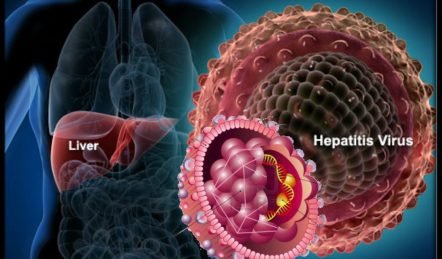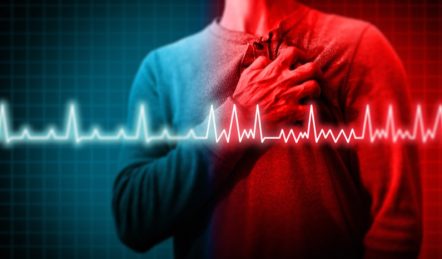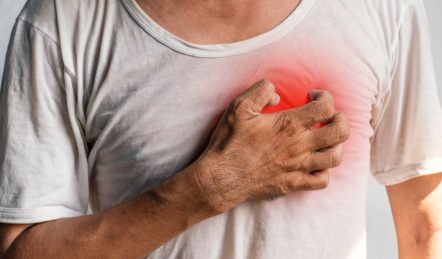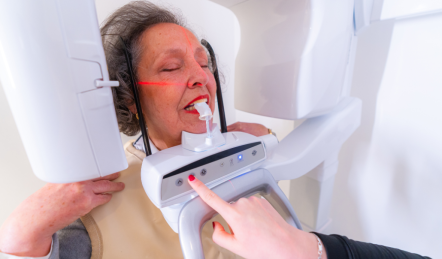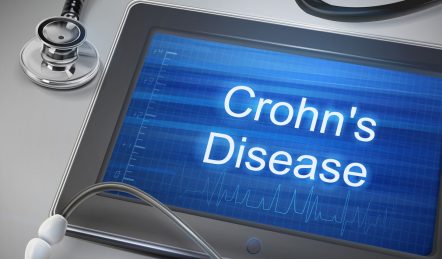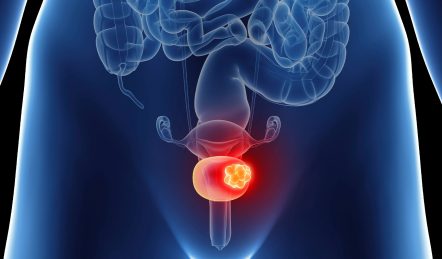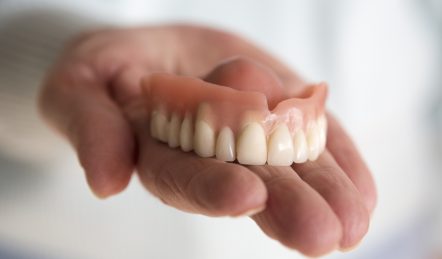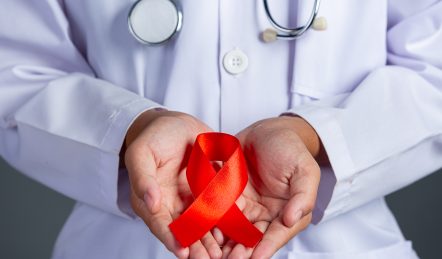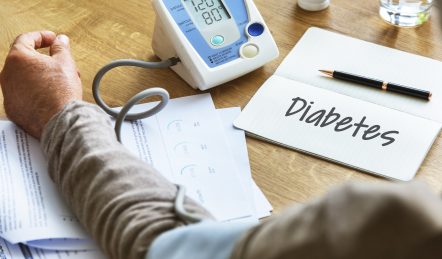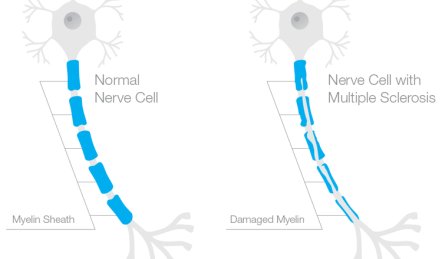10 Unexpected Signs of Lung Cancer
When it comes to lung cancer, it’s often assumed that a cough is the first indicator. Or that everyone diagnosed with lung cancer will experience breathlessness. There are exceptions, however. As it turns out, some numerous indications and symptoms signal lung cancer.
Many cases of lung cancers do not show symptoms until they have spread; however, some patients with early lung cancer do. Patients are highly likely to have a successful cancer treatment if they go to the doctor when they notice any symptoms.

How Prevalent is Lung Cancer?
Both men and women develop lung cancer, which is the second most common malignancy. According to the American Cancer Society, cancer of the lungs in the United States is at a rate of:
- There are about 235,760 new cases of lung cancer each year (119,100 in men and 116,660 in women)
- Cancer of the lungs is responsible for around 131,880 deaths (69,410 in men and 62,470 in women)¹
Lung cancer is more common in the elderly. Cancer of the lungs is most commonly found in adults 65 and older; only a tiny percentage of cases are found in people under the age of 45. The average age at which a person is diagnosed is 70. Lung cancer is by far the most common cause of cancer death in both men and women, resulting in over a quarter of all cancer deaths.

Symptoms of Lung Cancer
1. Arm/shoulder pain or eye problems
One type of lung cancer, known as a Pancoast tumor, grows in the upper portion of the lungs. Tumors can spread to the ribs, spine, nerves, and blood vessels, rather than causing lung damage. Thus, pain in your upper back, shoulder blade, or arms can be caused by tumors in these areas. Your hands may also get numb or tingly as a result.
Pancoast tumors that cause arm and shoulder pain can also cause eye problems. As a result, they may see drooping of one eyelid and less sweat on the other side of their face. Horner Syndrome is the term for these collective signs.
2. Blood clots
Blood clots in the limbs, legs, or lungs are more common in people with lung cancer. Cancer, according to researchers, causes the body to become more inflamed. Blood clots form as a result of the inflammation.
3. Digestive problems
About 10% to 20% of lung cancer patients develop excessive amounts of calcium in their blood, known as hypercalcemia. You may get stomach aches, constipation, or nausea when you have too much calcium in your blood.
4. Balance problems
Cancer of the lungs can cause dizziness or a loss of balance. The superior vena cava (SVC), a primary vein that carries blood from the head and arms back to the heart, maybe near a tumor. This vein can become clogged as cancer grows, resulting in dizziness or a loss of balance. Anemia, a common complication of cancer of the lungs, can also affect one’s ability to maintain balance.
5. Headaches
A tumor near the superior vena cava, which carries blood from the head and arms back to the heart, can induce headaches. This vein might cause your head to pound or even cause you to faint if your blood is backed up. High blood calcium levels, which are found in up to 20% of lung cancers, also produce headaches.

6. Finger Clubbing
If you see finger clubbing as a symptom of lung cancer, don’t hesitate to get it checked out. There is a noticeable thinning of the fingertip. The skin near the fingernail could appear glossy. Like a spoon, the fingernail begins to curl downward. As many as 80% of people with clubbed fingers are diagnosed with cancer of the lungs. Researchers observed that 80 percent of lung cancer patients exhibit finger clubbing.²
7. Frequent Urination and Extreme Thirst
Hypercalcemia, or excessive calcium levels in the blood, can induce intense thirst and frequent urination in addition to digestive problems.
8. Heart Problems
High calcium levels and anemia leads to heart problems, which usually manifest as a rapid or irregular heartbeat. High calcium levels can result in highly significant heart problems, such as a heart attack or falling into a coma. Patients who are very anemic may have chest pain and shortness of breath.
9. Puffy face, neck, or arms
Similarly, a tumor pressing on a primary vein that conducts blood from the head and limbs can cause symptoms. Swelling in the face, neck, and arms is caused by a buildup of blood that would otherwise have returned to your lungs. Your chest may also have a purplish color.
10. Dementia, anxiety, or depression
It’s not clear why, but lung cancer patients are more likely to suffer from mental health problems that require medication. Mental health problems, when coupled with other symptoms, are alarming.
Get Checked for Lung Cancer!
Cancer of the lungs is the most common cause of cancer-related death worldwide. In addition to knowing the disease’s basic signs and symptoms, familiarity with the less well-known ones can aid in early diagnosis and better treatment outcomes.
While none of these signs and symptoms are conclusive of lung cancer, experiencing several of them is reason to be alarmed. Schedule an appointment with your primary physician to go over your symptoms and get them checked out.



